After a two-year renovation, Lausanne’s Olympic Museum recently re-opened with AV system design, engineering and integration from Electrosonic.
Related: The Refurbished Olympic Museum: “A Lens Through Which to Observe Society”
The Olympic Museum, a four-level venue spanning over 32, 000 square feet and standing on the shores of Lake Geneva, houses more than a thousand objects and 150 screens, offering visitors an immersive experience that has been referred to as a “multidimensional journey across the Olympic Universe”.
Visitors can tailor their tours and engage on a range of levels, from a broad overview to an immersive, empathetic Olympic experience, by means of the use of interactive and audio-visual techniques put in place by international audio-visual company Electrosonic, under subcontract with media producer Centre Screen Productions of Manchester, England.
The museum rebuild was a team concern, with London-based Metaphor as creative advisor. Mather and Company were appointed by Paragon Creative, turnkey fit out contractors, as exhibition designers, and Sutton Vane handled lighting design. Peter Kay was named as audio consultant by Centre Screen.
Dave Postlethwaite, CEO of Centre Screen Production, warmly endorsed Electrosonic: “Electrosonic put together a first class team, and from the kickoff the meeting in Lausanne to the final installation 18 months later, the whole team performed superbly. As a software producer you need a hardware company that is experienced, flexible, rigorous in their methodology and systems and, very importantly, has a team with boundless enthusiasm: Electrosonic had it all!”
The AV system Electrosonic put in place is designed to be user-friendly for visitors and to give the museum flexibility and versatility, while offering an augmented reality which allows visitors to engage emotionally with exhibits.
On Level 1, haunting images of the torch relay are projected onto a curtain of vertical, flexible silicone rods, welcoming visitors as they make their way towards the topmost exhibition area.
Level 1 covers ‘The Olympic Spirit’. Here, the International Plaza features a three-screen display and three stacks of 55 inch, narrow-bezel Panasonic LCDs. A further display comprising three projectors creates a background to a display of Olympic medals.
In the ‘Words of the Olympians’ exhibit, visitors can hear athletes’ accounts of taking part in the Games, something made possible by twenty AV stations featuring 22-inch Iiyama LCDs which deliver looped programs, while the audio is handled by Stop and Listen Gorilla handsets.
The ‘Welcome to Olympia’ Display, a panorama showing the origins of the Games in ancient Greece, is created by three edge-blended Panasonic projectors. It features multi-channel sound with Tannoy speakers.
One imaginative interactive display features ancient Greek vases on which the figures come to life, animated and projected directly onto the surface of the table by projectiondesign projectors, while LCDs give information about the sports shown.
‘The Historical Timeline’, a long image of a ‘library’ where ‘volumes’ relate to the Olympic Games of specific years, is created by five Panasonic projectors. Five interactive podiums allow visitors to choose and open a volume, whereupon images from that year’s Games play out across that part of the Timeline.
The ‘Olympic Torch’ exhibit is also popular. It comprises six 22-inch Iiyama touch-screens which interpret an array of Olympic torches; a Panasonic projection of the lighting of the flame on a screen that can be viewed from both sides, and –part of the exhibit illumination - a stylised projection of the flames flickering on the floor.
The tour of Level 1 is concluded by ‘The Best of Opening Ceremonies’, another Panasonic three-projector panorama.
The next level (the tour begins at the top and spirals downwards) is Level 0, and covers the Summer Games, Winter Games, Youth Olympics and Paralympics. It features multi-image content on numerous surround-screens; interactive displays are based on 7thSense Delta server architecture, enabling the remote uploading of content.
The immersive ‘Inside the Race’ exhibit on this level, which surrounds the visitor with Games highlights and close-ups of athletes, is created with five edge-blended Panasonic projectors.
The numerous screens on all levels of the Olympic Museum necessitated Electrosonic’s consistent approach to the system design: an approach that meant carrying all audio, video and control signals on standard CAT-6 cabling; minimizing the variations in equipment and housing computers and servers in racks in control rooms adjacent to the exhibits they serve.
This necessitated four dedicated control rooms on the museum’s three levels, each fitted with 19 equipment racks. The racks represent a sub-system under the aegis of a Medialon system controller, and one of the Level 1 control rooms is the Master control room linking to the museum’s Building Management System for automatic scheduled operation and overall system control.
For consistency of performance and ease of maintenance, Electrosonic specified a standard OEM computer for interactive exhibits. Delays due to compatability problems were ironed out pre-delivery by exhaustive testing of content on the standard computer.
David Rodriguez, Project Manager for the Technology and Information Department at the International Olympic Committee (IOC) said: “Electrosonic worked with the content manager, the integrator and the IOC, taking into account the needs of each and proposing technical solutions complying with the technical and energy-saving standards of the country. All of the interactive terminals, 98 projectors and 30 large-screen monitors and respective PCs were installed within very tightly imposed deadlines. After six months of operation, there have been very few problems. This shows the quality of the work Electrosonic did for the Olympic Museum. We are very pleased to have been able to work on this project with them.”
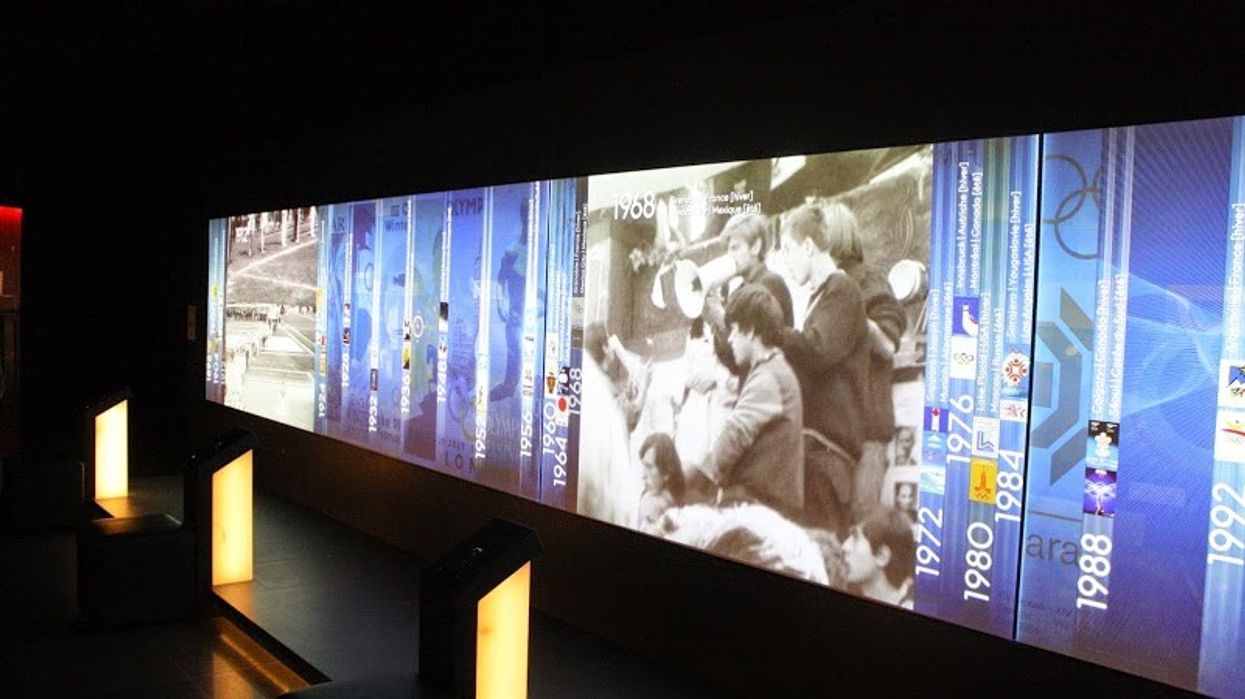


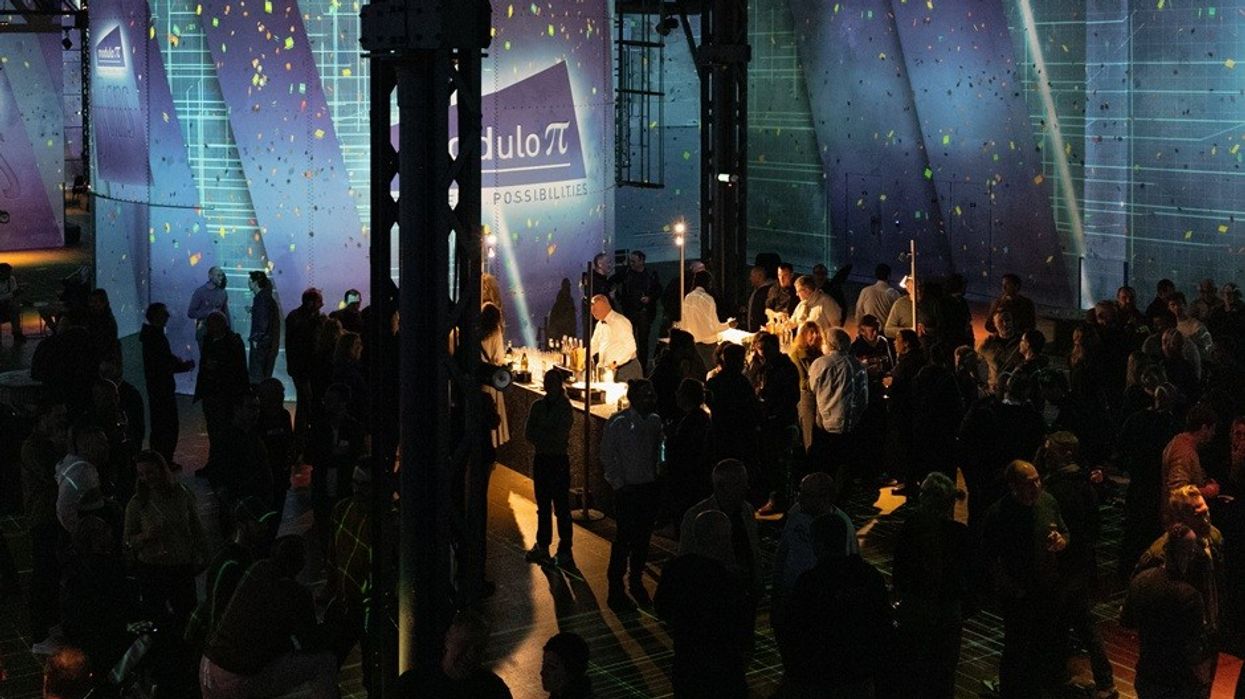

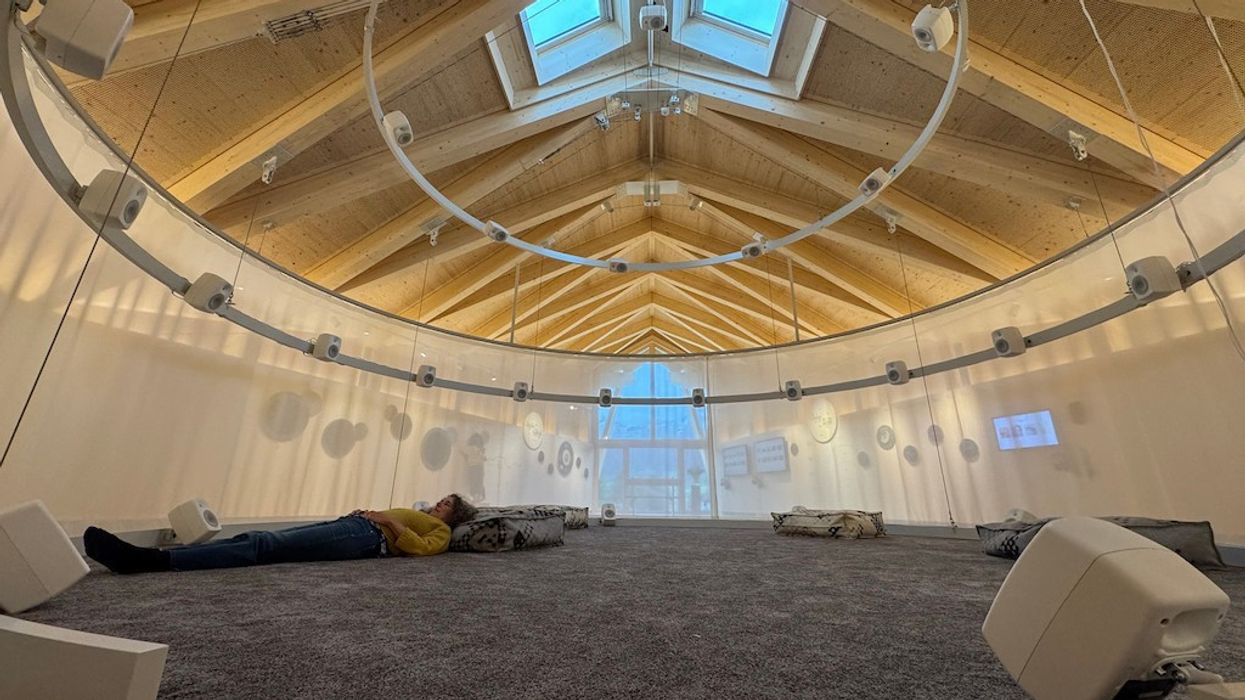
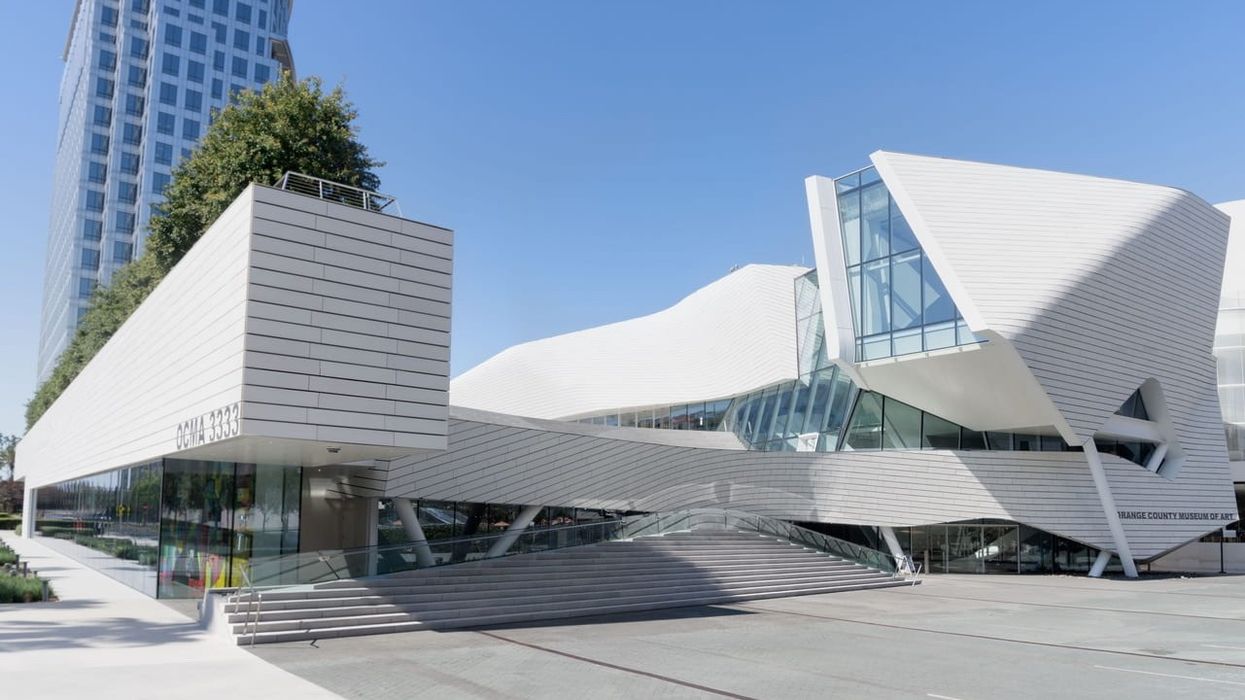
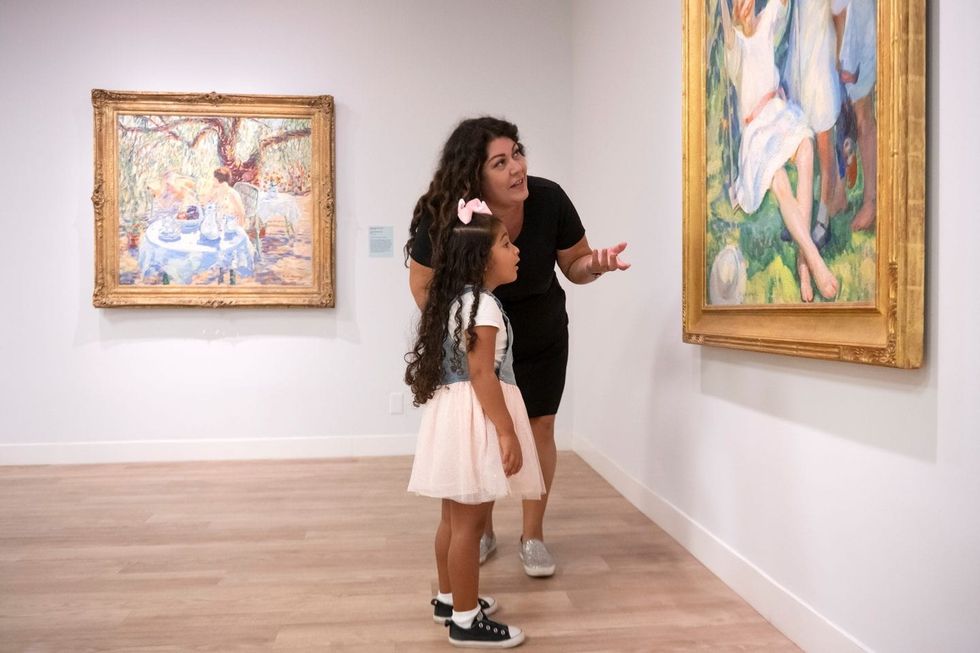


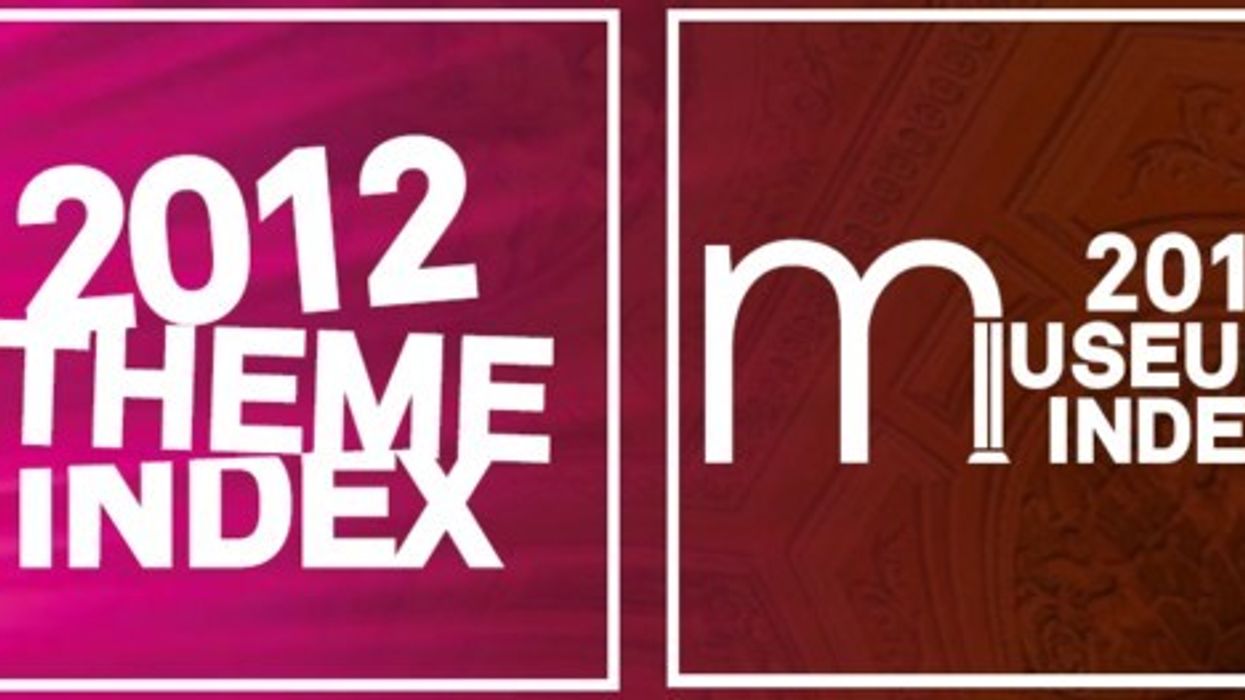



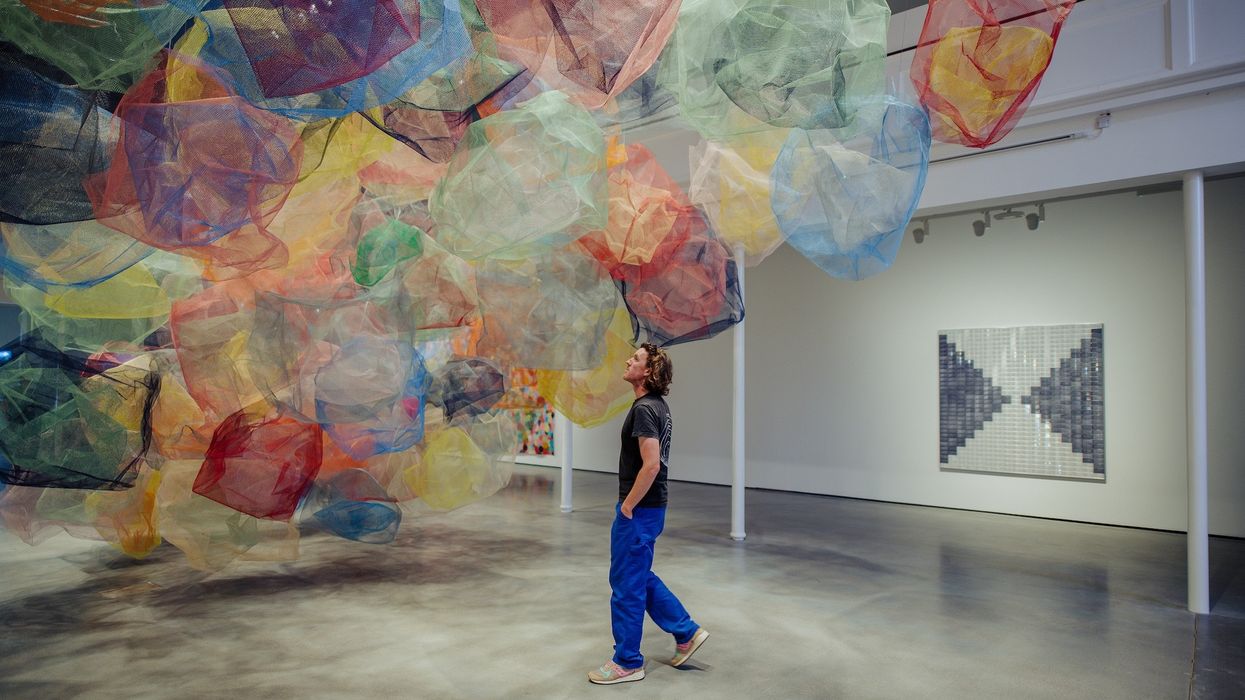
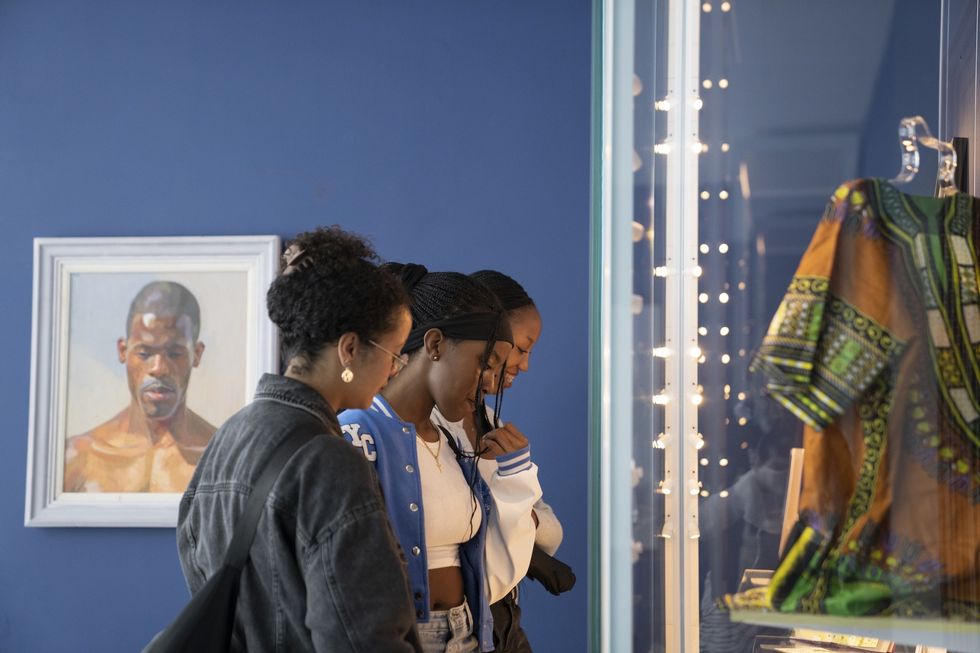
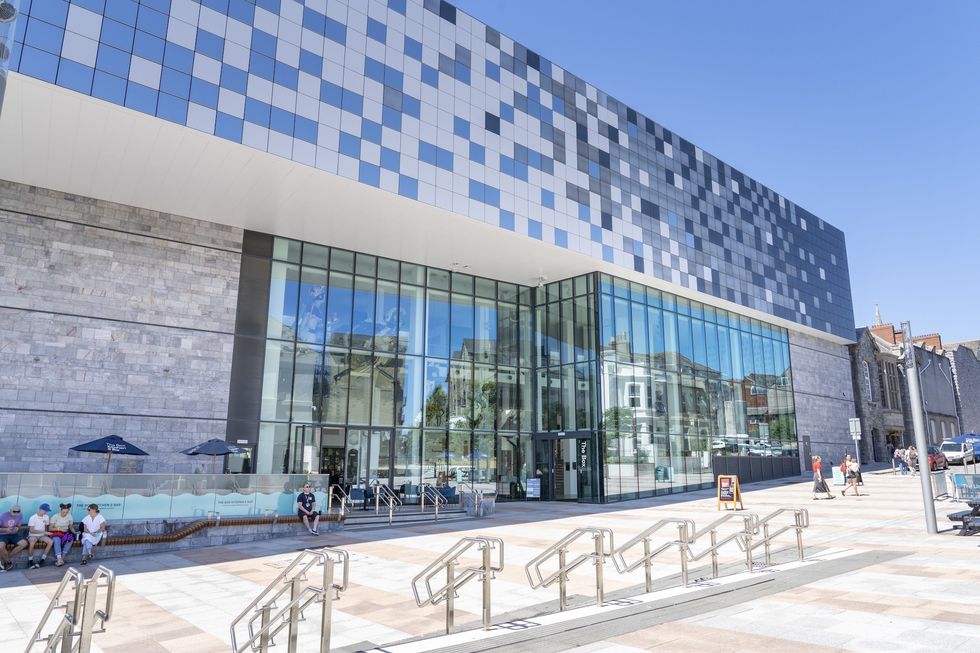
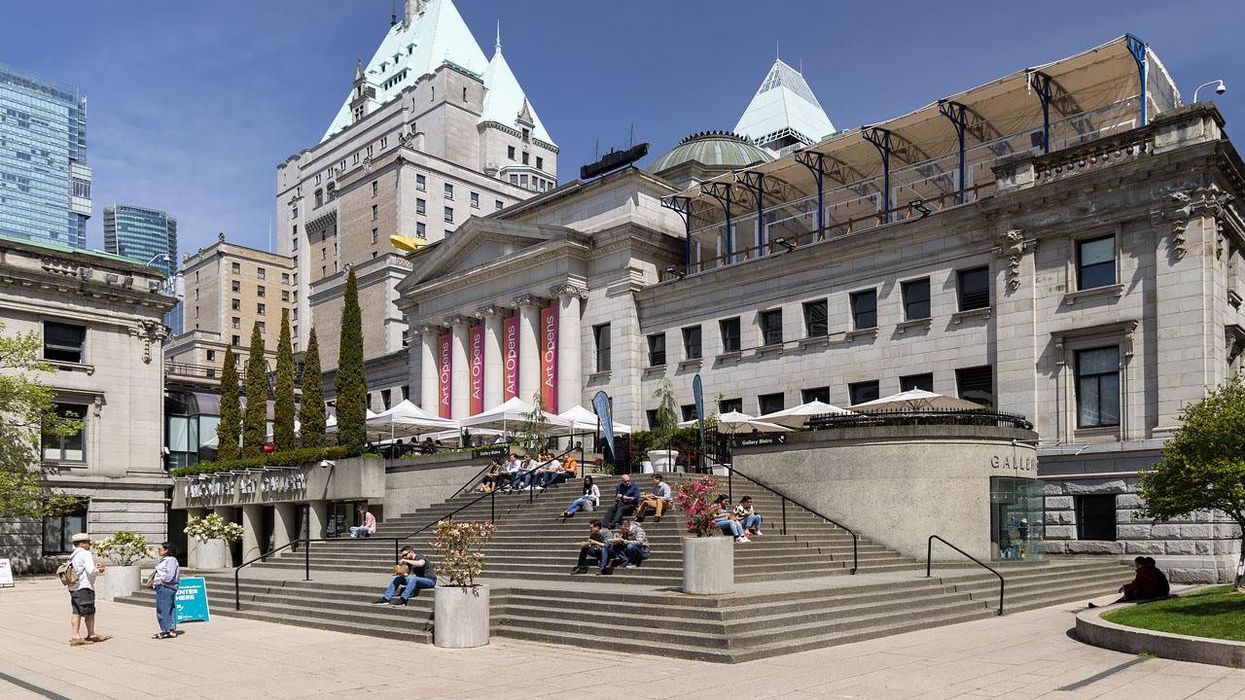
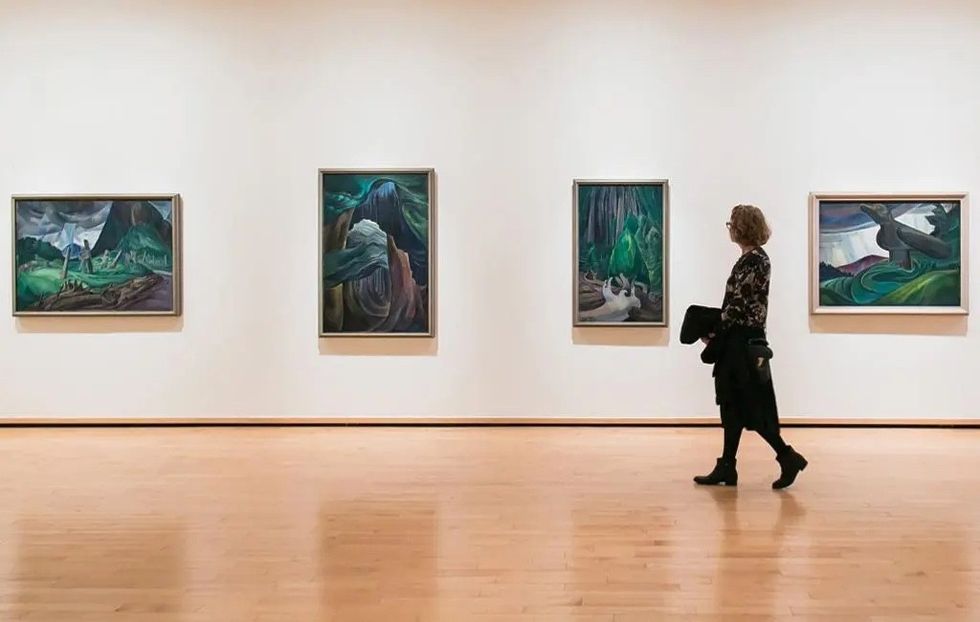
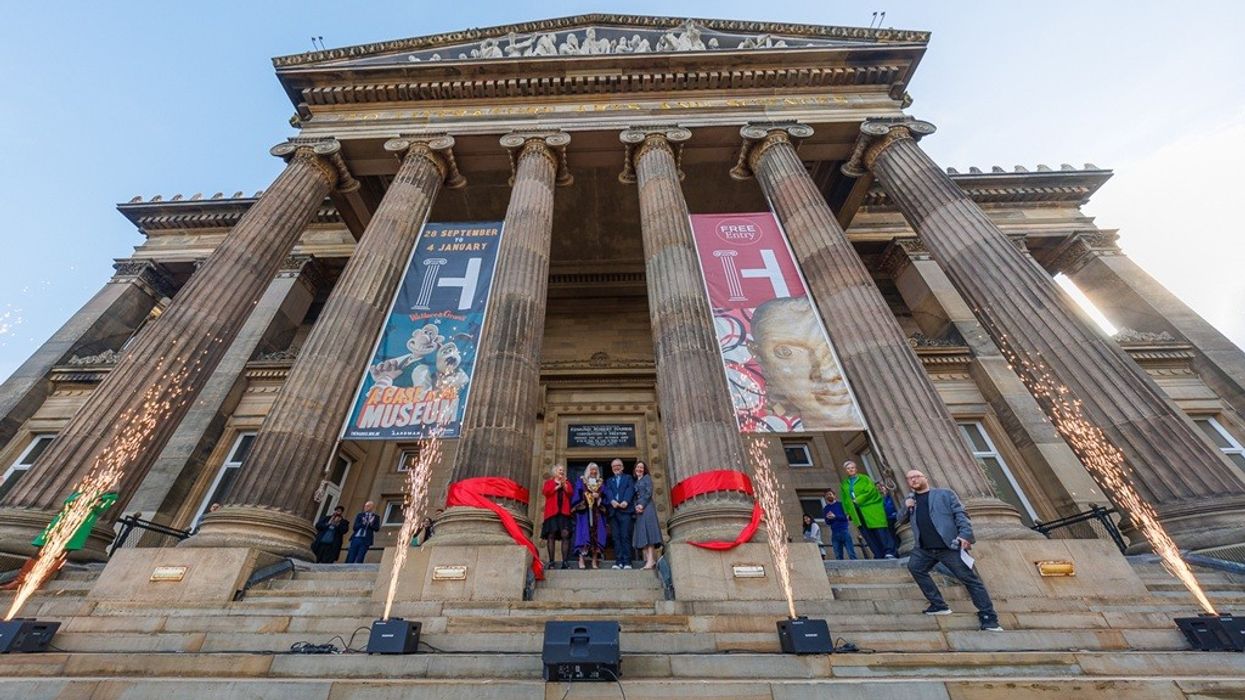
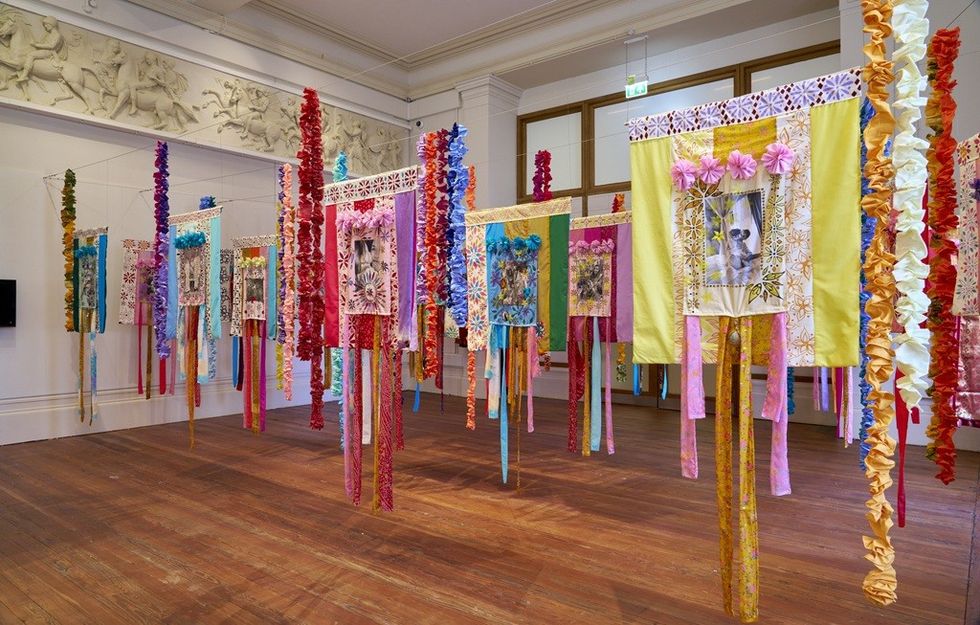 Courtesy Simon Critchley Photography
Courtesy Simon Critchley Photography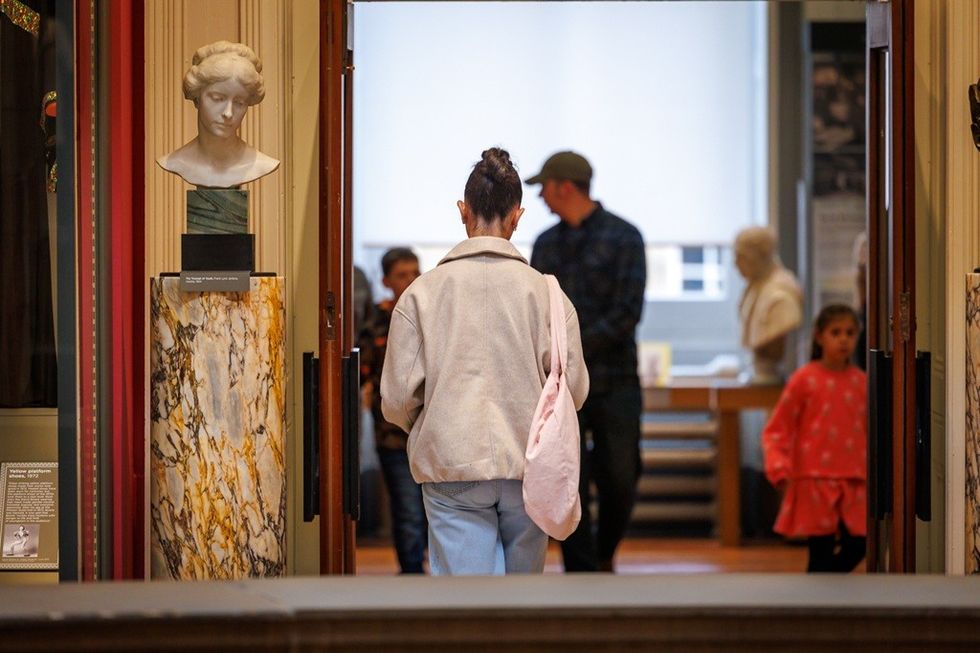 Courtesy Michael Porter Photography
Courtesy Michael Porter Photography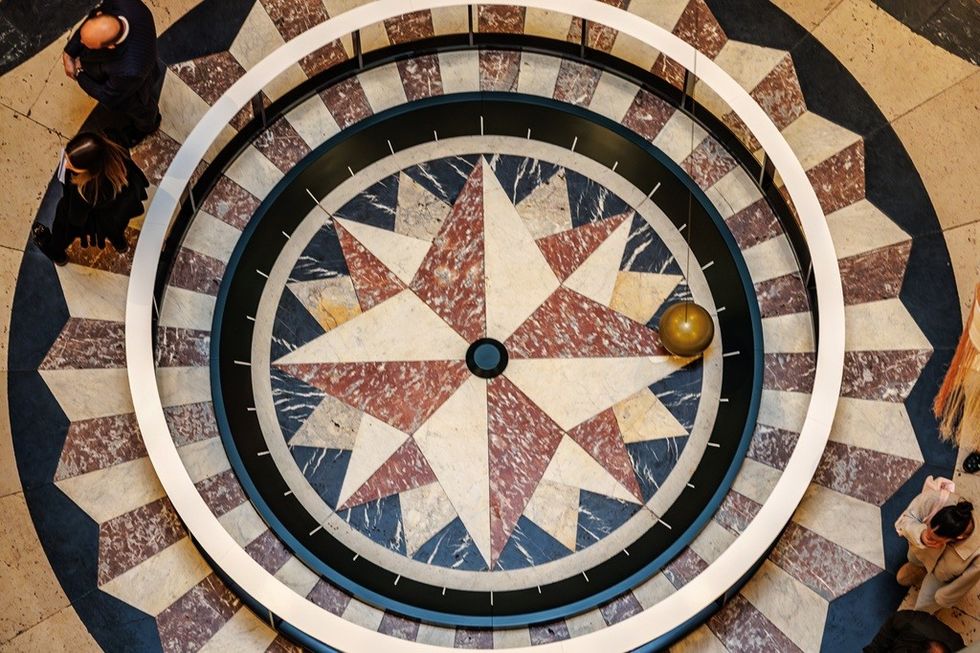 Courtesy Michael Porter Photography
Courtesy Michael Porter Photography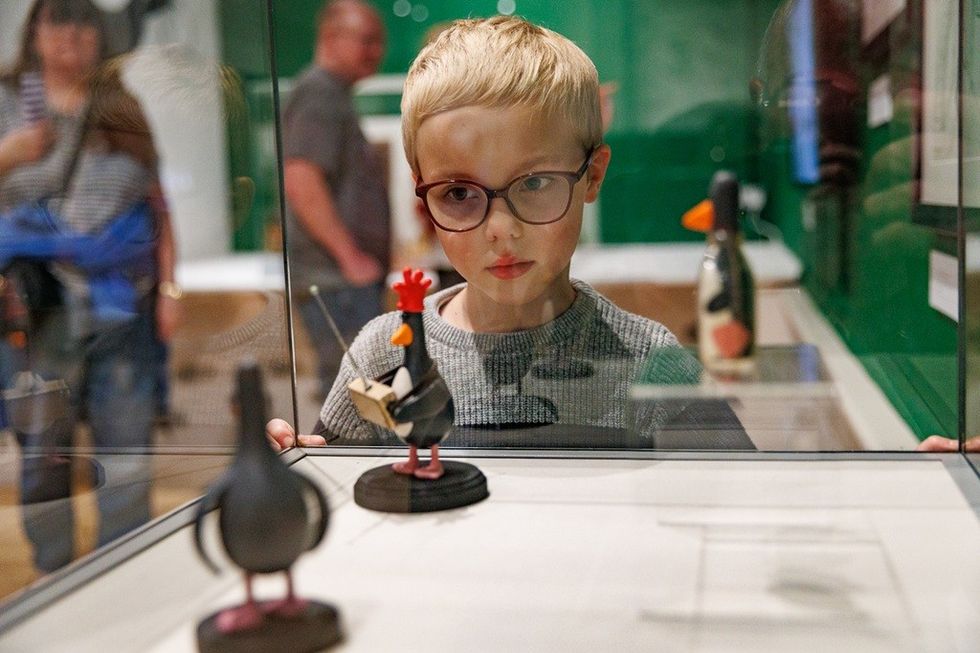 Courtesy Michael Porter Photography
Courtesy Michael Porter Photography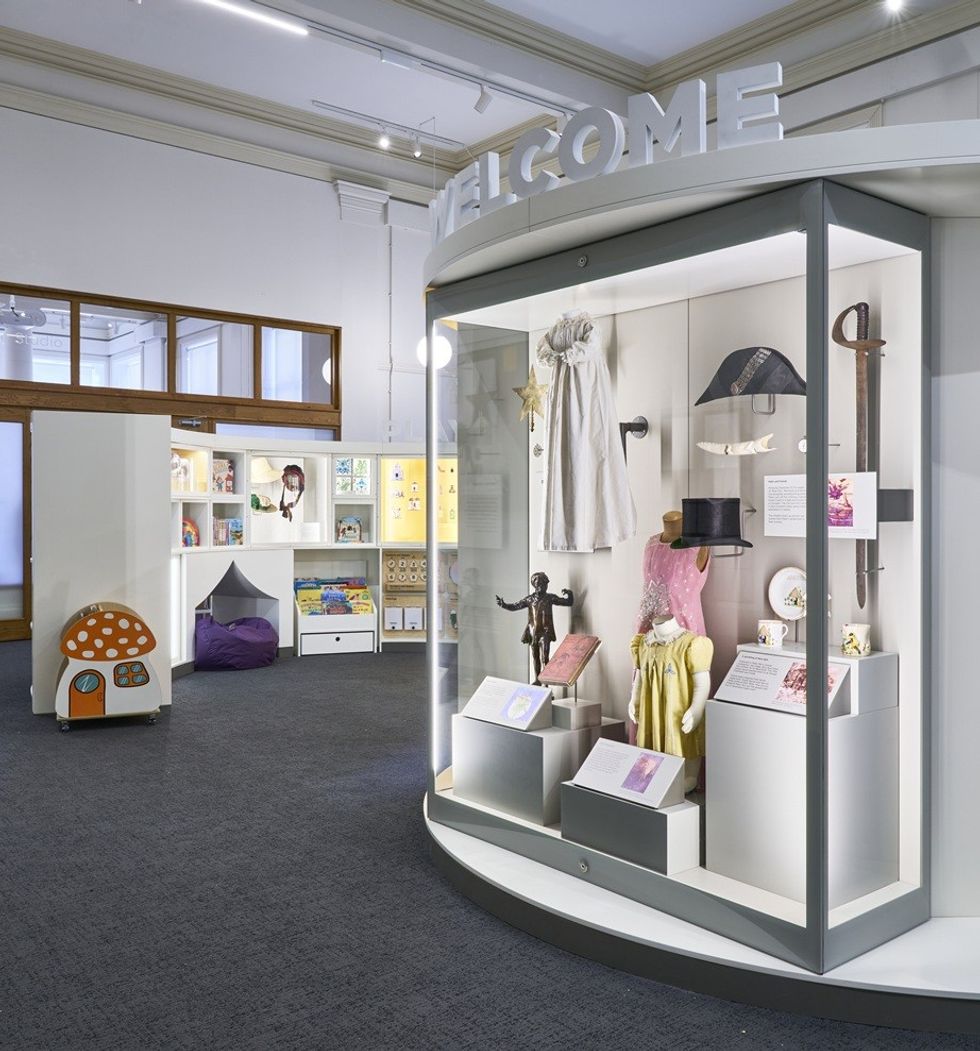 Courtesy Simon Critchley Photography
Courtesy Simon Critchley Photography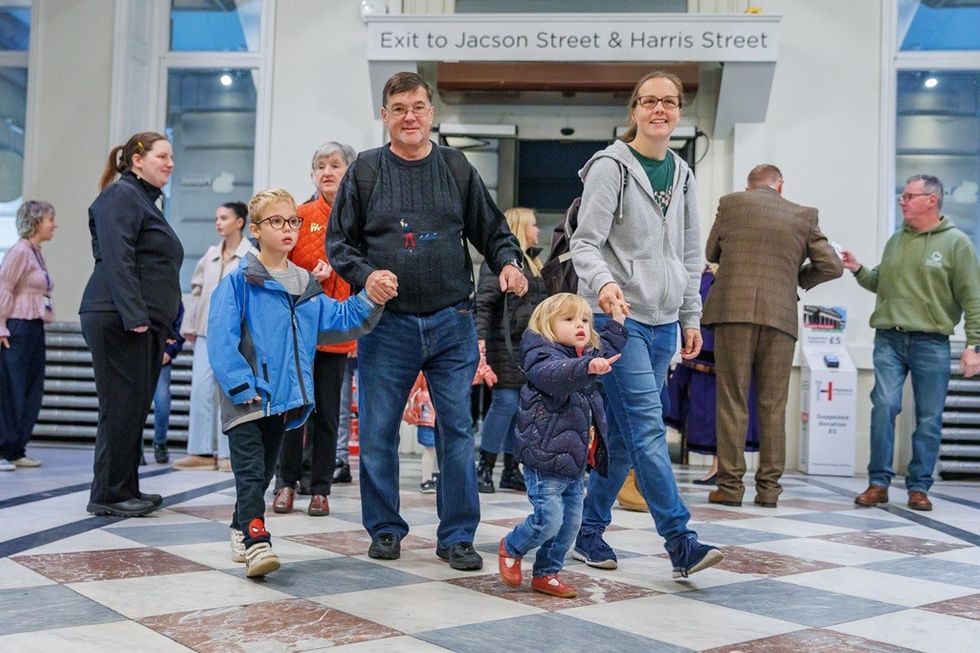 Courtesy Michael Porter Photography
Courtesy Michael Porter Photography

